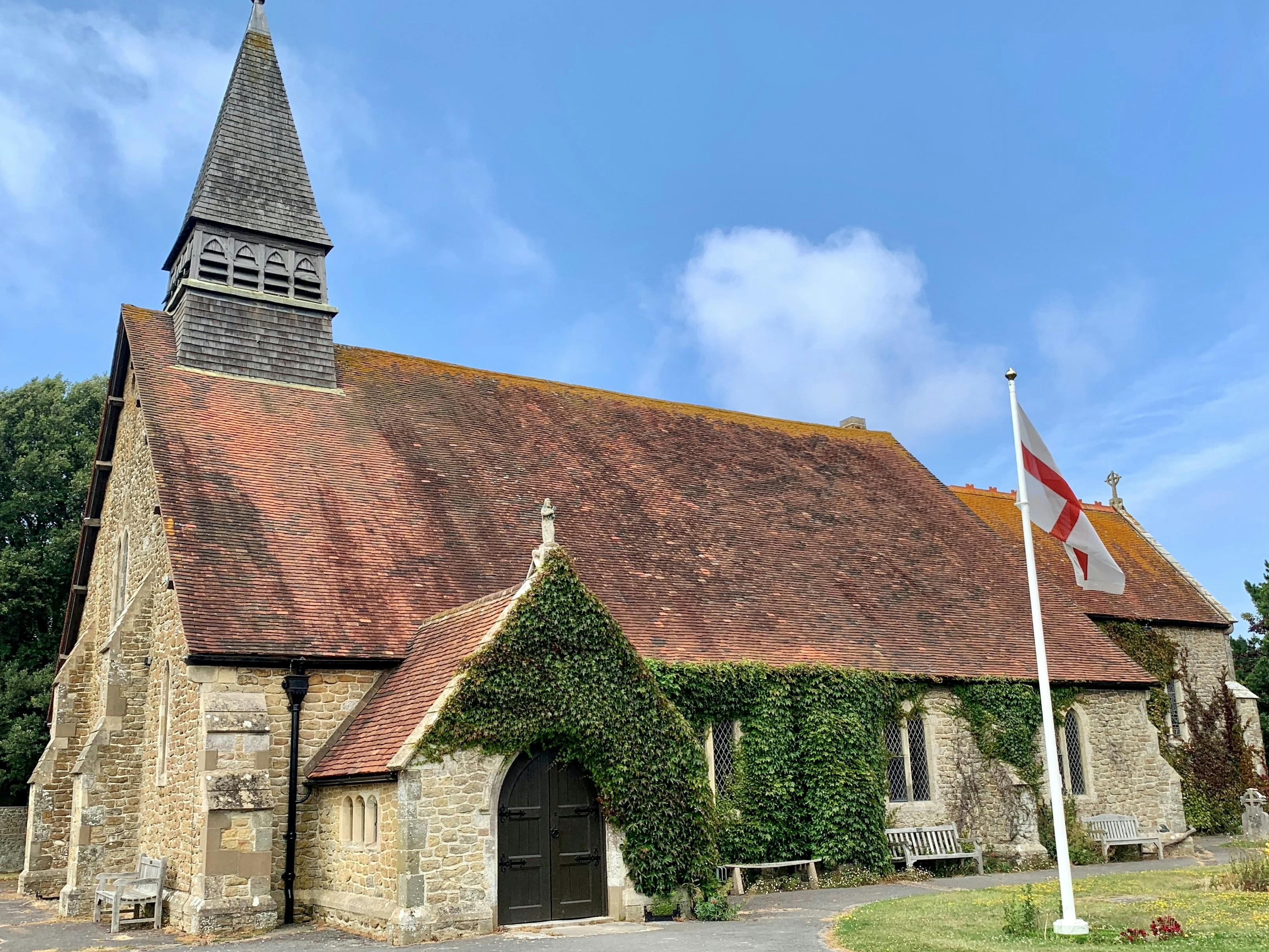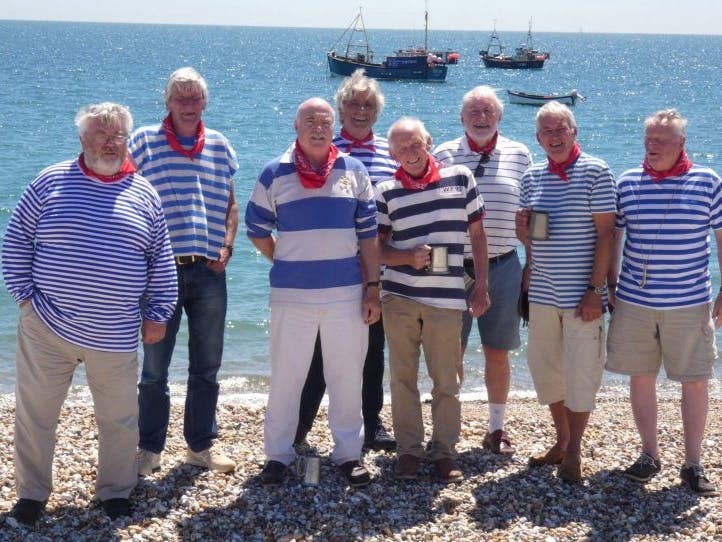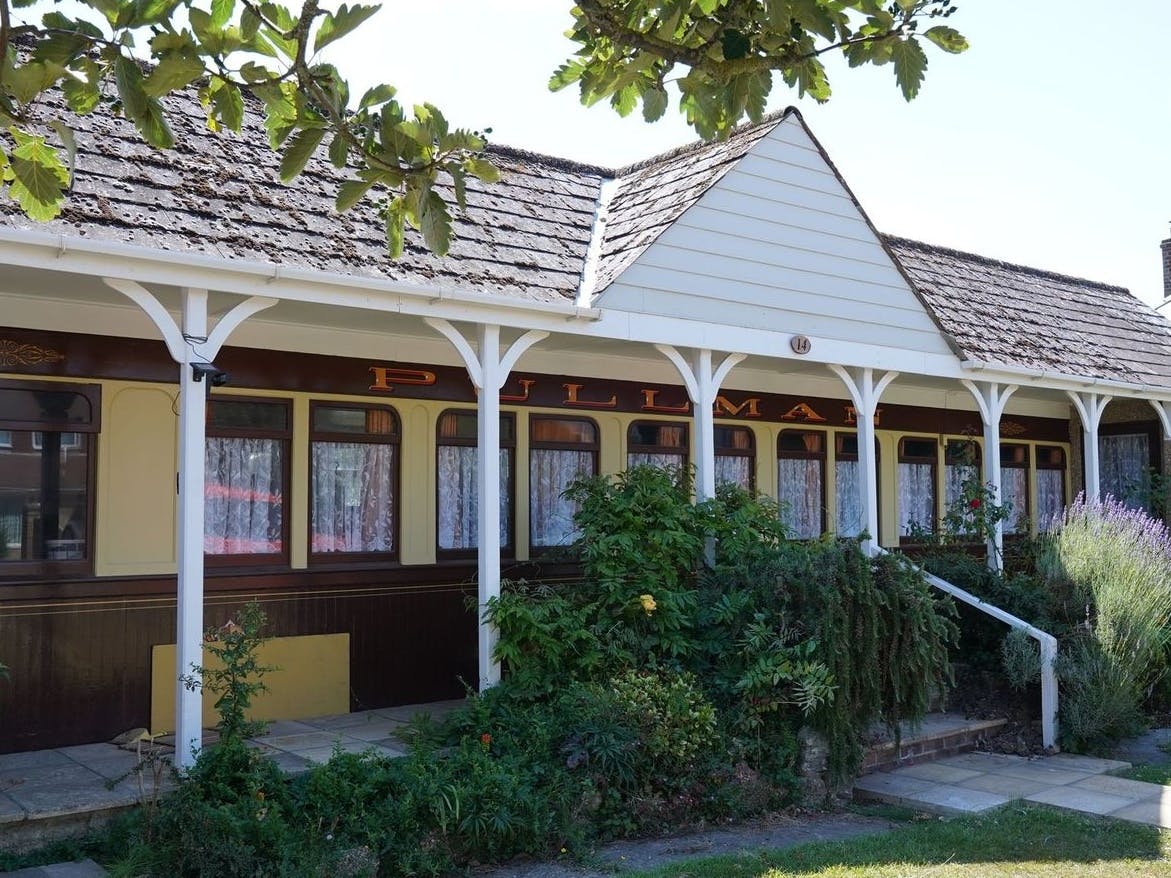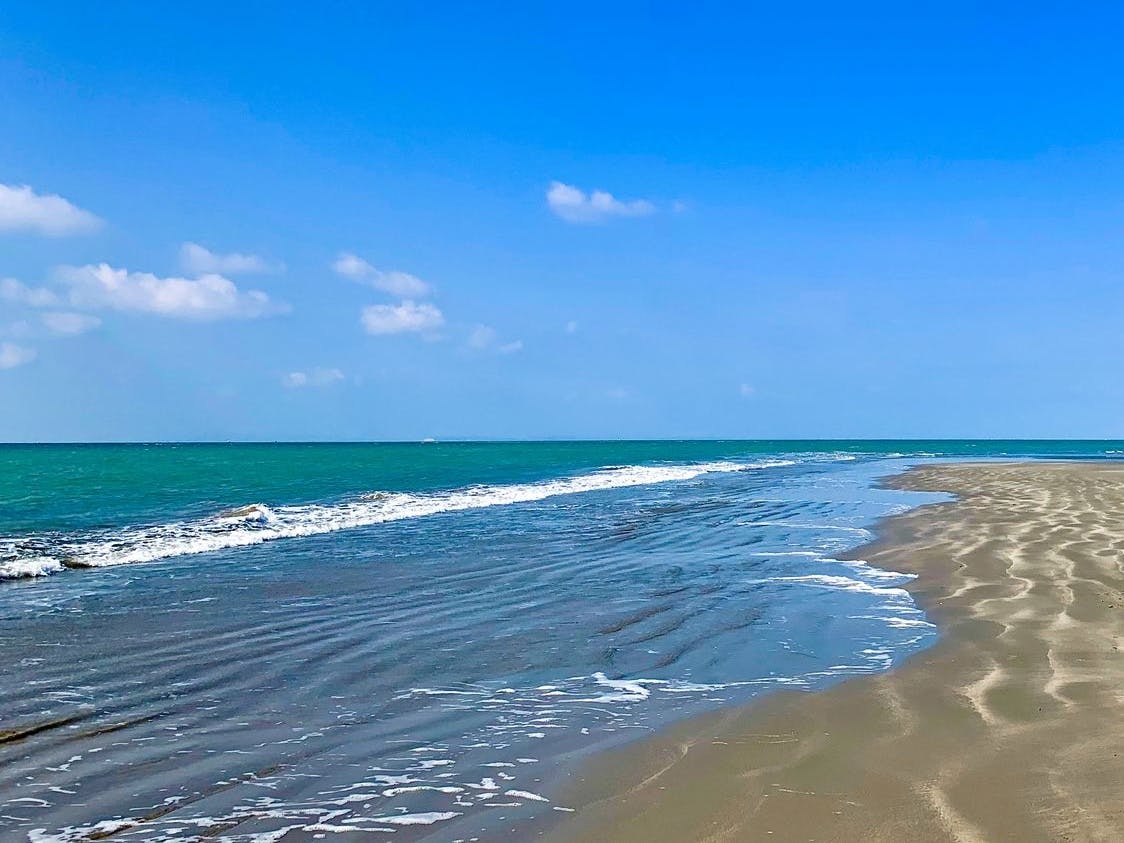Why Selsey, West Wittering's secret seaside neighbour, is the UKs ideal summer escape
The Telegraph
By Norman Miller
20th May 2023
Pretty, under-the-radar Selsey has all the charm of Chichester Harbour and the Witterings - but none of the crowds.
“Every day out of Selsey is a day wasted,” says lifeboat coxswain Rob Archibald, after a free visitor experience featuring dramatic rescues – plus a chance to try on the kit – at Selsey’s RNLI Station, which has been dashing into action here since 1861. His pride in both town and work is matched by bemusement at folk enduring long car queues just to sit on sand at the Witterings, 10 miles along the Sussex coast.
Set at the tip of the arrowhead-shaped Manhood Peninsula (don’t snigger: the name comes from the Saxon maene-wudu referring to “common land”), Selsey commands the southernmost point of Sussex with a pleasing air of both seclusion and secrets, from a unique type of house to past history as a former Saxon capital and early Christian bishopric.
Its isolated location also makes Selsey a star-gazing hotspot – one reason famed astronomer Patrick Moore had his long-time home here. June to September is a good time to see the Milky Way in the vast skies above the town.
Beneath the waves, meanwhile, Selsey offers outstanding diving, from shipwrecks and reefs to unique sites like the WW2 Mulberry Harbour that sank off East Beach in 1944. Kit and boats are available through Mulberry Marine Experiences, who also offer onshore treats like the guided shore walk I do with marine ecologist Anya Frampton, learning as much on the sandy arena of Oval Field Beach as if I’d watched an episode of Blue Planet.
Along Selsey High Street, Georgian houses jostle sturdy thatched buildings, with counterpoints like the 1913 Selsey Hall, a characterful former music hall currently housing a cafe while restoration plans are finanalised. A few doors along, I sample ales in afternoon sun on the terrace of the Hopp Inn micropub.
The spire of St Peter's Church is a godly Selsey landmark, its 13th-century stones relocated in the 1860s from nearby Church Norton, where the ravishing chancel of a monastery built for 7th century St Wilfrid still stands beside the twitcher beacon of Pagham Harbour.
Wilfrid reputedly taught fishing with nets to the locals – previously bagging seafood suppers with things like the Neolithic wooden fish traps recently discovered at the Medmerry nature reserve on Selsey’s western edge. This pioneering example of leaving the sea to have its way with the land is an evolving salt marsh laced with trails, offering a wilder complement to the RSPB's Pagham Harbour centre on the road into Selsey, where you can get details of exploring both sites.
Standing amid crab and lobster pots, lines and shore boats back on East Beach, I talk to fisherman Dave Robinson. “It’s a hard job – but rewarding too,” he says, before revealing that Selsey had been shellfish supplier to the late Queen. Selsey crab remains a regional gourmet wonder, while its lobster is sent to London and beyond. Prawns, cockles, bass, plaice and bream add to the local larder, along with samphire.
“We can’t pack enough of the crabs,” says Sue Mayes at Julie’s fish shack, selling the fresh catch here for 40 years. With perfect timing, a fisherman appears bearing three crates alled with the critters, claws waving indignantly at being caught. On Sue’s recommendation, I dive into the nearby Lifeboat Inn to scoff a fresh crab sandwich and eavesdrop on local chat, while noting upcoming entertainment like the Selsey Shantymen on 16 June and 16 July.
Refreshed, I stride along the long East Beach promenade, waves hissing onto the shingle as I eye seafront houses mixing blingy modernist piles with humbler clapboard efforts. At the far end, a blue plaque reveals how views from here, rather than tropical vistas, inspired local composer Eric Coates to write his 1930 tune By The Sleepy Lagoon, still beguiling ears today as theme tune of Desert Islands Discs.
More unexpected nostalgia beckons down the adjacent track running from the evocatively-named Drift Lane. A few hundred metres along, the simply named “Green Bungalow” and neighbouring “Santos” provide eye-catching examples of Selsey’s unique railway carriage homes. These date from the 1920s, when land became available at the same time as ads offering “Rail Coaches Suitable for Bungalows” in the Chichester Observer, with carriages ranging from Third Class to luxury Pullmans starting at the princely sum of £25.
Around 30 Selsey carriage homes remain, though almost all now hide their origins behind clapboard encasing against the coastal weather. Visitors can, however, stay in places like Seabank, a seafront bolthole built round two vintage London, Brighton and South East Railway first class carriages.
As well as a sundowner fish supper at Paddy’s Plaice by the East Beach boat huts, I enjoy a great pub dinner at The Seal, where my plate of seabass with lobster veloute is almost as big as the giant mural of the “Birdman” competition invented in Selsey back in 1971, which saw bonkers folk strap on makeshift wings to try and defeat gravity as they hurled themselves off the old lifeboat ramp. I toast their pluck with a snifter of deliciously punchy (48% ABV) Jarrold's gin distilled a few miles away in Chichester.
Another day, I head to the neighbouring hamlet of Sidlesham for lunch at the Crab & Lobster, a restaurant-with-rooms elegantly refashioned from a 350-year-old building set by the slender channels and wide tidal vistas of Pagham Harbour. It’s a lovely spot to tuck into my crab and crayfish salad followed by seaweed-crusted hake with samphire – with a terrace for al fresco summer dining.
As I leave Selsey, I grab a picture of the giant sculpture by William Pye that pays impressive bronze homage to Hokusai’s iconic image, The Wave, against a backdrop of Sussex fields. Just another taste of Selsey unexpected.
Norman Miller was a guest of The Coast Yard (doubles from £100 B&B), which has 10 spacious en-suite rooms set around a beautiful walled garden by St Peter’s Church.
Read the article on The Telegraph Website here.





